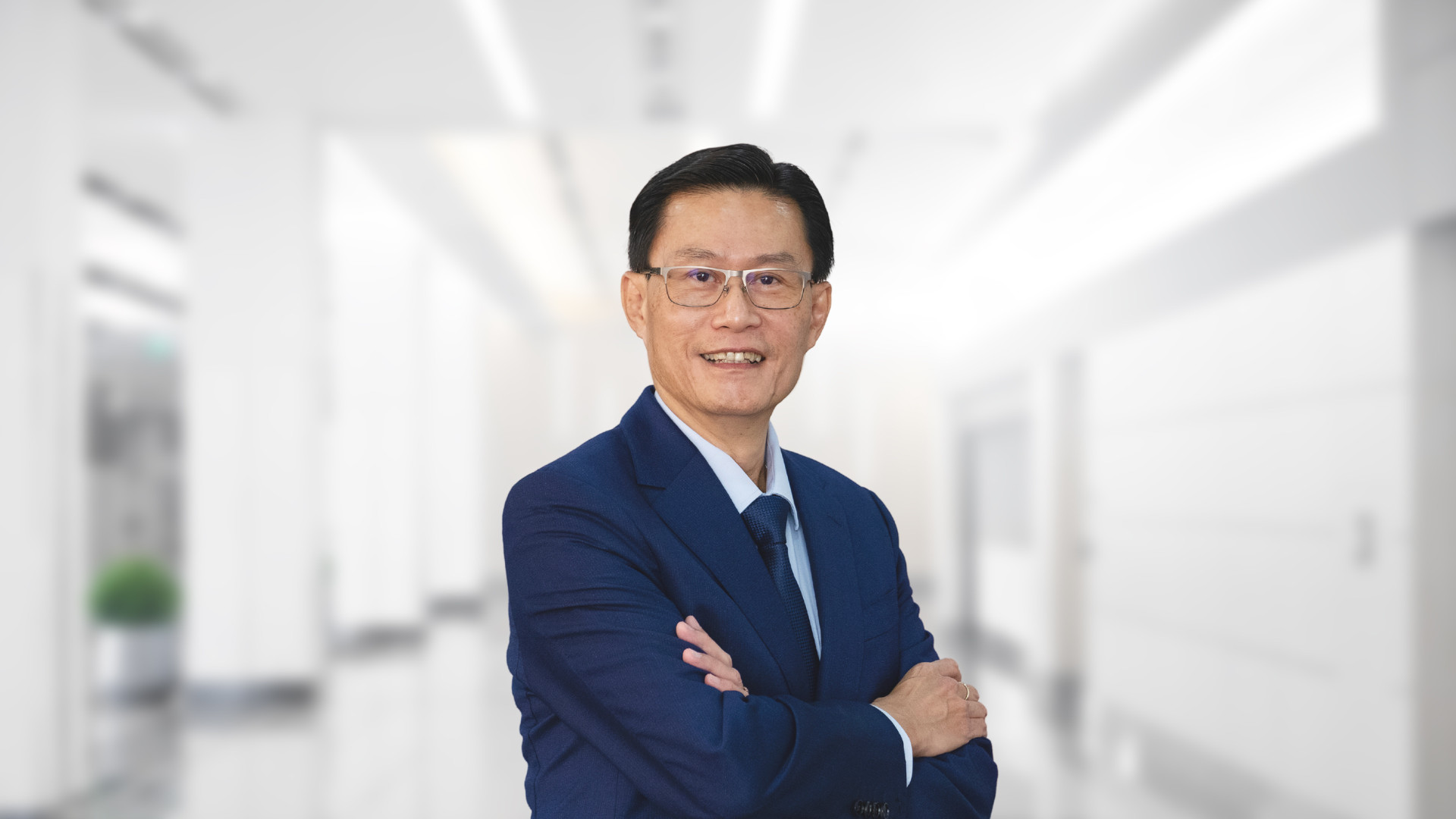
More than a decade ago, before today’s fraught geopolitics, the semiconductor industry was tightly integrated, with little room for spare capacity. Any inefficiency was ironed out to build the next fastest chip at the most affordable cost.
That’s changed today. As China and the United States battle it out for the strategic supply and production of all-important computer chips, the industry is finding itself having to deal with issues of resilience and security.
Call it onshoring, reshoring or friendshoring, the setting up of a semiconductor plant today is hardly just a commercial decision – it often involves governments.
In September, GlobalFoundries (GF), which makes chips used in cars, phones, sensors and other devices, opened a US$4 billion plant in Singapore in collaboration with the local government. It expects to boost capacity for its global production while adding 1,000 jobs here.
Such partnerships will be key for semiconductor manufacturers in a world that now favours regionalisation over globalisation, says Tan Yew Kong, senior vice president and general manager for GlobalFoundries Singapore.
“The already complex and interdependent global semiconductor ecosystem is also adjusting to the new economics, responding to demands for security and supply resilience,” he tells Techgoondu, in this month’s Q&A.
NOTE: Responses have been edited for brevity and style.
Q: There has been a lot of focus of late on cutting-edge chips made by one or two of your rivals [Samsung and TSMC]. Could you briefly tell us what kinds of chips the Singapore plant will be making?
A: GF manufactures essential semiconductor chips that power billions of devices around the world to keep people connected. As the world’s third largest chip foundry maker, our chips cover 70 per cent of the semiconductor market.
In Singapore, GF has more than 30 years of foundry chip production experience across 40nm to 180nm tech nodes. We specialise in high volume, high mix manufacturing for chips used in a wide range of market segments, such as mobile devices, 5G, automotive, AI and industrial IoT (Internet of Things).
Automotive is a key growing market which GF plays an active and growing role in for semiconductor chips. Multiple GF-manufactured chips could be found in a single car for sensors, safety features, in-car lighting systems, and more.
As the world transitions towards electric vehicles, there will be an even greater need for smarter and more connected cars, and thus a greater need for more essential purpose-built feature-rich technology chips.
GF-manufactured chips can also be found in any 5G mobile phone you see in the market globally today. Within a 5G-enabled mobile device, the Singapore facility provides chips for a number of components such as RF (radio frequency), wireless charging, NFC secure payments, audio amplifiers and power management.
Q: In terms of meeting demand, how does the plant here fit in with the other facilities you have around the world?
A: GF has a global manufacturing footprint in Asia, the US and Europe, that gives us the ability to produce the same chips in more than one continent.
Being dual-qualified with overlaps on technology platforms means providing supply resilience to our customers. Like all of our sites, Singapore plays a key role in contributing to GF’s global manufacturing footprint.
The new facility is an extension of our global footprint strategy, where we continue to build incremental capacity at our existing sites, reinforcing our company’s ability to deliver supply chain flexibility and business resilience to our customers.
The newly launched Singapore Expansion plant will produce an additional 450,000 wafers (300mm equivalent) annually, raising GF Singapore’s overall capacity to approximately 1.5 million wafers each year.
Q: The semiconductor industry has been consolidating for decades into a streamlined one with little spare capacity. Do you think there’s a rethink of that strategy now, seeing how much disruption we saw in the past few years? Will we see higher costs, as a result?
A: Advanced semiconductor manufacturing has also become an increasingly strategic industry. With geopolitical developments in recent years, the world has moved from globalisation to regionalisation, responding to demands for security and supply resilience. Inflation and material supply constraints inevitably push up prices.
This is why GF’s unique economic model is built on public-private partnerships that protect economic and national security, competitiveness and community vitality. That means we build fabs and products in a three-way partnership: GF-Government-Customer.
In Singapore, we work closely with the EDB (Economic Development Board) and secure agreements from our customers as the backbone of our expansion roadmap. In fact, we have in place long-term agreements with partners who reserve multi-years of manufacturing capacity with GF to ensure supply for their future growth.
We are also optimistic that there is greater room for innovation in essential chips with the foundry business model that companies like GF provide.
We work collaboratively alongside our customers to provide high-volume-high-mix production capabilities and provide access to a major foundry-level platform that they can use as a production testbed.
This has spurred the ecosystem and development of more fabless companies, which allows us to collectively present broader opportunities for innovation in the market.
We believe the semiconductor industry remains on a trajectory to double in revenue to US$1 trillion in the next decade. AI is the catalyst that will unlock this growth, along with other key megatrends like digitalisation and cloud that are driving the acceleration to a more connected and data-centric world.
More new essential chips will be needed to unleash the full power of AI at the edge. This will drive a massive replacement cycle, where GF’s global manufacturing footprint is well-positioned to create more supply.
Our new fabrication plant in Singapore will be a key part of GF’s strategy to produce more of the essential chips our customers need, where they need them and at the best economics.
Q: In recent years, there have been efforts at “de-risking” and making chips in “friendly countries”. How does that affect where you make your chips today?
A: As the world moves from globalisation to regionalisation, we are seeing a mixture of onshoring, offshoring, friendshoring and reshoring taking place at this inflection point.
The already complex and interdependent global semiconductor ecosystem is also adjusting to the new economics, responding to demands for security and supply resilience.
Many businesses have realised the importance of having a geographically balanced supply chain with multiple sources. However, it is difficult for them to take an existing part of a product, re-qualify and re-source it.
Instead, customers are looking at how they can redesign their product lines to create a new different footprint with different types of sourcing. This is where GF, with our network of global manufacturing sites and strong operational performance since 2010, is well placed to support the market shift.
At GF, we remain focused on providing our customers the geographic diversification and supply chain security that we believe are critically important to their success.
With our global manufacturing footprint across our sites in Asia, the US and Europe, we continue to provide our customers the scale, technology differentiation, and purpose-built feature-rich solutions.
Our cross-site collaboration gives us the ability to produce the same chips in more than one continent and provide our customers a consistent level of product security.
Our sites are also dual-qualified with overlaps on technology platforms, and this allows us to funnel supply so that we can shift production across facilities, if needed.






